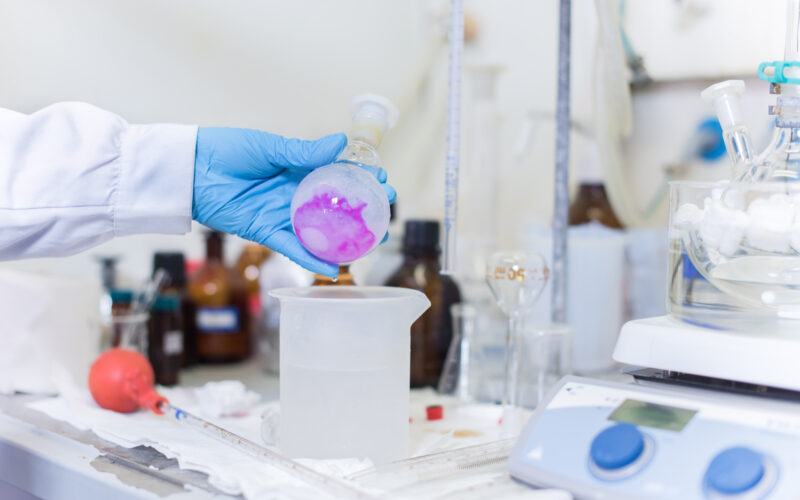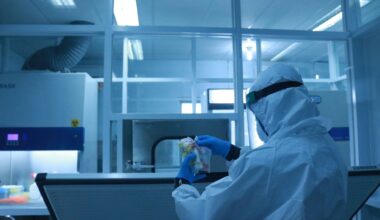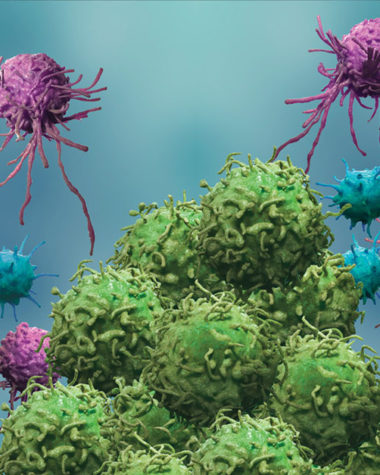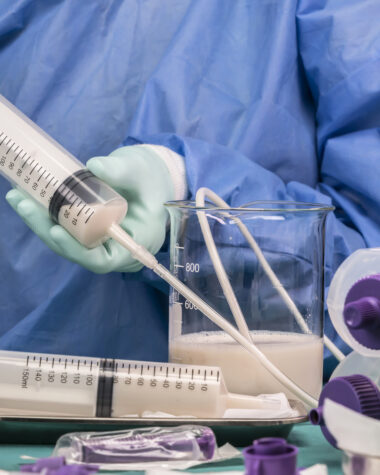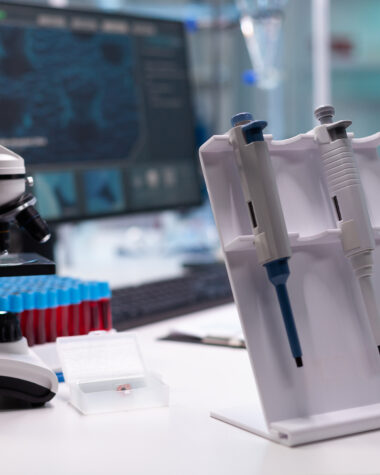GlaxoSmithKline plc (NYSE:GSK), commonly referred to as GSK, is a global biopharmaceutical powerhouse headquartered in the United Kingdom with a rich history spanning over 300 years. Today, GSK stands as one of the largest and most diversified pharmaceutical companies in the world, with a clear focus on delivering transformational medicines and vaccines to address some of the most pressing global health challenges. Built on a legacy of innovation and public health leadership, GSK has redefined its business model in recent years through a deliberate pivot toward higher-growth segments in specialty medicines, oncology, vaccines, and infectious diseases.
Once a traditional pharmaceutical conglomerate with a vast consumer health portfolio, GSK undertook a strategic restructuring that culminated in the full demerger of its consumer health unit, Haleon, in 2022—a move that reshaped the company into a pure-play biopharma enterprise. This separation freed GSK to intensify its focus on R&D and high-margin therapeutics, resulting in a more agile, growth-oriented business structure. Under the leadership of CEO Dame Emma Walmsley, the company has embraced a more competitive and innovation-driven approach, investing heavily in clinical development, next-generation biologics, and targeted acquisitions to fuel long-term expansion.
Today, GSK operates with a streamlined portfolio built around four core therapeutic areas: infectious diseases, HIV, respiratory, and oncology. Its vaccines division is one of the world’s largest, producing critical immunizations for diseases such as shingles, meningitis, and COVID-19. In the HIV space, GSK—through its majority ownership of ViiV Healthcare—continues to dominate the market with next-generation long-acting treatments like Cabenuva and Dovato. Meanwhile, respiratory medicines such as Nucala and Trelegy remain key revenue drivers with strong global uptake, bolstered by expanding indications and geographic reach.
Alongside organic growth, GSK has actively pursued strategic acquisitions to strengthen its innovation pipeline. In 2025 alone, the company announced multi-billion-dollar deals to acquire promising late-stage assets in oncology and liver disease, reflecting its commitment to therapeutic diversification and near-term revenue catalysts. These transactions are complemented by a research engine that includes over 75 clinical-stage assets and 14 major product launches projected through 2031—an ambitious pipeline that positions GSK to deliver sustainable long-term growth.
Financially, GSK has emerged from its restructuring period with enhanced flexibility and discipline. The company has paid down billions in debt post-Haleon spin-off, resumed share buybacks, and maintained its long-standing dividend policy—offering investors both capital appreciation and consistent income. With a healthy balance sheet, global scale, and a proven commercial infrastructure, GSK now combines the best attributes of a large-cap defensive stock with the dynamic upside of a forward-looking biotech.
As of 2025, GSK continues to outperform many of its peers in the healthcare sector, with its stock returning nearly 16% year-to-date and receiving upward revisions in earnings estimates from leading analysts. With its sharpened focus, expanding pipeline, and clear roadmap to £40 billion in revenue by 2031, GlaxoSmithKline has fully stepped into its next era—not as a legacy drugmaker, but as a bold innovator and value-creating global healthcare leader.
Specialty Medicines and HIV Franchise Power Near-Term Growth
GSK’s pivot to a focused biopharma model is already paying dividends, particularly through its specialty medicines division. Its flagship HIV drugs—including Dovato, Juluca, and the long-acting injectable Cabenuva—have maintained leadership in a highly competitive field, generating consistent year-over-year growth. Meanwhile, Nucala, GSK’s anti-inflammatory respiratory therapy for eosinophilic asthma and COPD, continues to expand its market share globally. In Q1 2025, the specialty medicines segment grew revenues by 17%, contributing significantly to the company’s overall earnings beat.
With multiple drug franchises insulated from generic competition, GSK’s portfolio is characterized by long-duration revenue streams, strong payer coverage, and embedded pricing power. This has allowed the company to weather market volatility better than peers while simultaneously fueling new R&D investment.
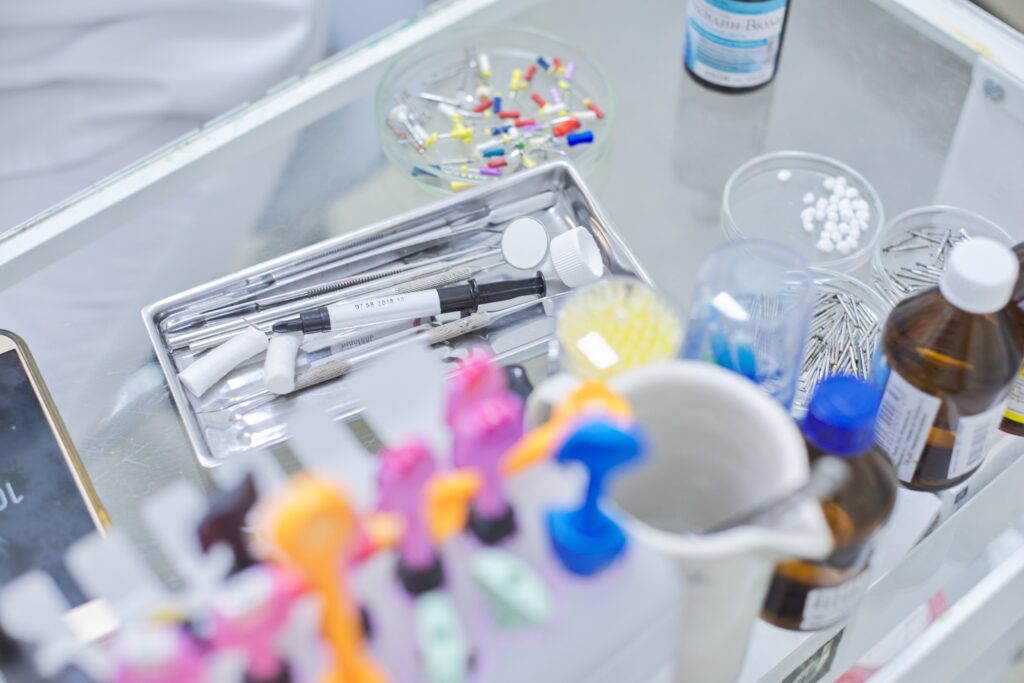
CHECK THIS OUT: Exact Sciences (EXAS) Just Made Cancer Detection 100x Easier! and Soleno Therapeutics (SLNO): The Biotech Company That Could Make You Rich.
Late-Stage Pipeline and FDA Approvals Set the Stage for a New Growth Era
GSK has made remarkable progress in advancing its pipeline, with over 75 assets in clinical development and 14 major product launches planned by 2031. The company is seeing particular strength in late-stage programs across oncology, respiratory, and infectious diseases. Notable approvals in recent quarters include Blenrep for relapsed/refractory multiple myeloma and depemokimab, a long-acting IL-5 inhibitor targeting severe eosinophilic asthma.
Future potential blockbusters include linerixibat for cholestatic pruritus and tebipenem HBr for complicated urinary tract infections. Collectively, these assets represent a multibillion-dollar addressable market opportunity, and several are expected to reach regulatory decisions in 2025–2026. The company’s renewed focus on accelerated filing strategies and early regulatory engagement suggests that commercialization timelines may continue to improve across its pipeline.
Strategic Acquisitions Expand Portfolio Depth and Competitive Moat
GSK has not only relied on internal R&D but also pursued selective acquisitions to bolster its innovation pipeline. In January 2025, the company announced the acquisition of IDRx, a precision oncology firm, for $1.15 billion, gaining access to IDRX‑42, a next-generation therapy for gastrointestinal stromal tumors (GIST). This was followed by a landmark $2 billion deal with Boston Pharmaceuticals to acquire efimosfermin, a promising drug candidate for liver disease.
These acquisitions are consistent with GSK’s strategic framework: de-risked, near-clinical-stage assets with high unmet need and limited market competition. By acquiring innovation at the clinical cusp, GSK avoids costly early-stage failures while adding near-term catalysts to its development timeline. Analysts have praised the deals for enhancing both the therapeutic scope and future earnings potential of the company.
Haleon Spin-Off Unlocks Capital for Shareholder Value Creation
GSK’s full separation from Haleon in 2024 proved to be a catalytic move for financial agility. The company used the divestment proceeds to reduce its debt load from £20 billion to £13 billion, while simultaneously announcing a £2 billion share buyback program—its first in over a decade. With its balance sheet restructured, GSK now has more capital flexibility to fund late-stage R&D, pursue bolt-on acquisitions, and enhance shareholder returns through dividends and repurchases.
This newfound financial discipline has allowed GSK to reaffirm its long-term guidance: management expects to generate £40 billion in annual revenues by 2031, driven by organic growth and innovation. The company’s dividend policy remains intact, with a 3.2% dividend yield and a track record of steady payouts—making it not just a growth stock, but also a resilient income play in a defensive sector.
Analyst and Technical Support Reinforce Bullish Momentum
Beyond fundamental strengths, GSK also shows technical strength and institutional endorsement. The stock is trading above key moving averages, with analysts projecting an 8% EPS beat in Q2 2025. Valuation remains attractive at a P/E ratio of ~17.5x, which is lower than sector peers like Pfizer and Merck, despite stronger growth outlooks and higher return on capital. This combination of undervaluation and upward earnings revisions has made GSK a favorite among analysts at Zacks, Jefferies, and Morningstar.
Meanwhile, sentiment indicators remain bullish. Institutional ownership has ticked higher in Q2, and the stock has seen several analyst upgrades amid momentum in both financial performance and pipeline visibility. GSK is no longer being viewed as a turnaround story—it is increasingly seen as a platform for sustainable pharmaceutical growth in a post-pandemic world.
Conclusion: GSK Is Reclaiming Its Place Among Pharma’s Elite
GlaxoSmithKline plc is proving that big pharma can be agile, focused, and innovative. Through disciplined portfolio management, accelerated product launches, strategic M&A, and capital redeployment, GSK is transforming into a next-generation growth engine. It is outperforming its medical-sector peers in 2025, supported by rising earnings estimates, high-value product launches, and investor-friendly policies.
With a robust pipeline, clean financials, and rising market share across its core franchises, GSK offers one of the most compelling large-cap opportunities in global pharmaceuticals. Whether you’re seeking dependable dividend income, long-term capital appreciation, or exposure to the future of specialty medicine and gene-modified therapies, GSK checks every box—and the market is finally starting to notice.
READ ALSO: Johnson & Johnson (JNJ) can be the Next Trillion-Dollar Stock and Boston Scientific (BSX) Just Signed a $45M Deal—Here’s What It Means for Investors.
